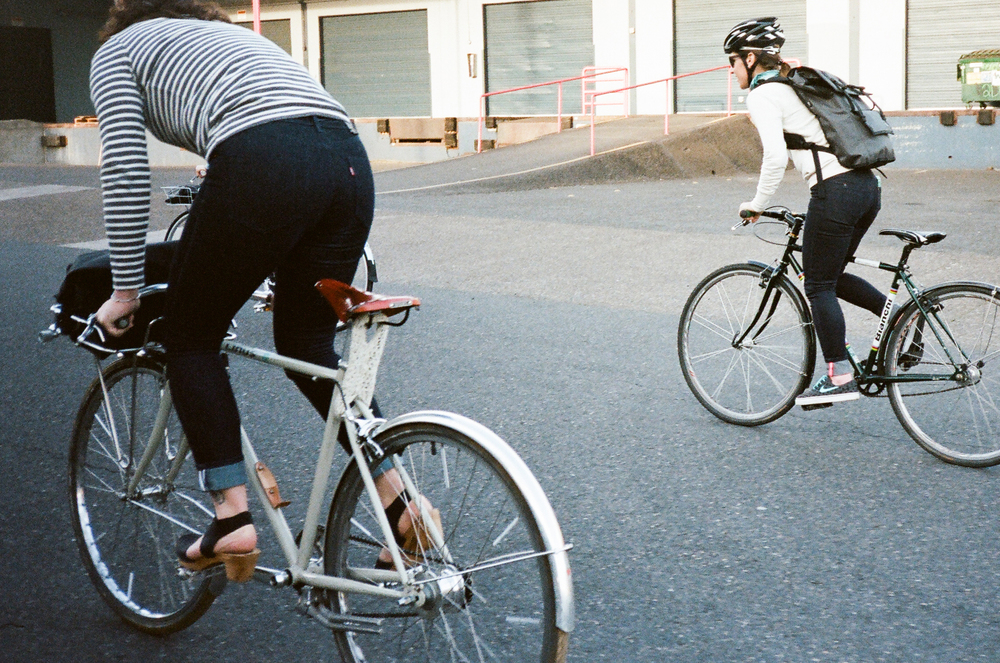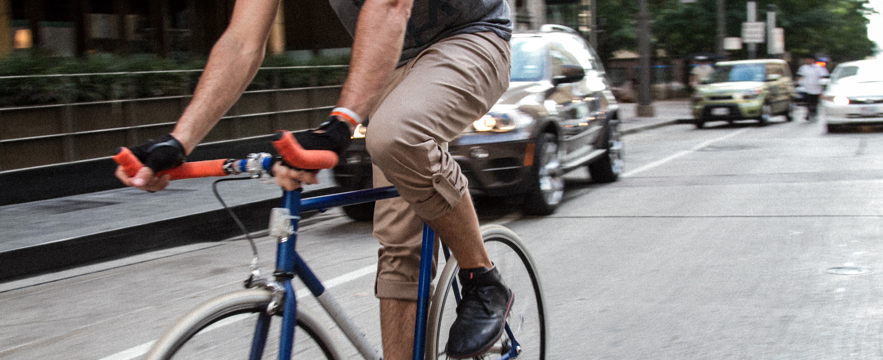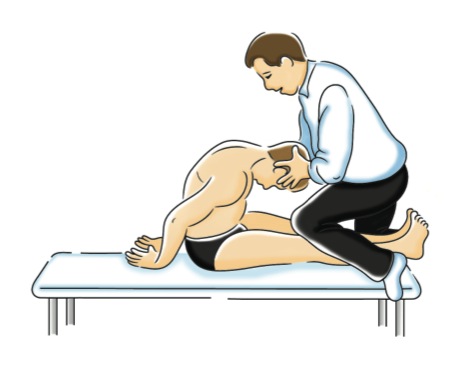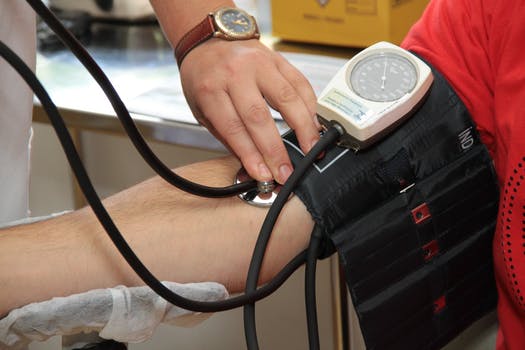The number of people who ride city bikes continues to rise every day. You will see more and more riders on the road each day. Here are some tips on how you can ride better and safer.
- Protect your head

If you do enough research on bikes, you will realize that up to 60% of all cycling accidents end up in deaths in the United States every year. You will also realize that most of these deaths could have been avoided if every cyclist on the road wore headgear while cycling. If your kids also have bikes, then it’s best that you train them to never go out cycling without their helmets on. Many States have put up helmet laws for cyclists. But you always need to put on head protection gear whenever you’re out riding even when you feel you don’t have just to prevent any serious head injuries in case you have an accident.
- Use your gears

You need to make good use of your bicycle gears always whenever you’re riding on uneven terrain. For example, if you’re climbing a hill, you can change your gear to one that will put less strain on your cadence. Approximately between 70 and 90 rpms. Using the correct gears will help put less stress on your knees as well.
- Use the right saddle

You may think that doing the thickest paddling is going to get you the most comfortable rides, but you’re wrong. You need to get the best saddles that fit you. You can always go for a longer seat that has a cutout. These are by far usually the best types of saddles. You can always test ride a few bikes before you settle for the right bike for your needs.
- Don’t use headphones while riding

You can end up causing yourself and any other road users around you serious injuries if you fail to hear other car emergencies on or beside the road as you cycle with headphones on. You can always opt for a small clip-on radio that you can attach to your bike or shirt.
- Know the rules

As a cyclist, you need to know all the road signs and rules. Always ride with traffic and keenly watch all cars that are in front of you. This way, you can anticipate any move that they intend to make and adjust to them accordingly.
- Keep your head up

You need to always have your head up high enough that you can see far enough of the road. This is vital so that you can find ample time to react to any new developments that may occur while you’re on the road. An accident may be up ahead that you hadn’t noticed, or a new bump put on the road or even a new ditch that you’ve never noticed before.
Overall, you need to follow these simple cycling tips if you wish to have a safe and comfortable ride on your bike for the remainder of the time that you’ll use it.
























